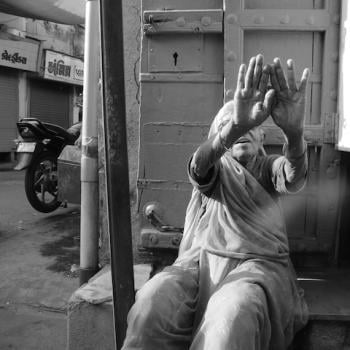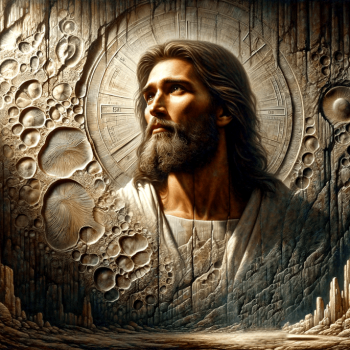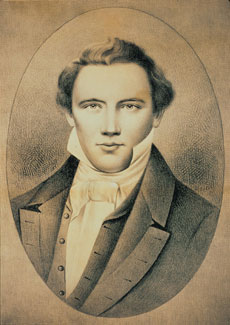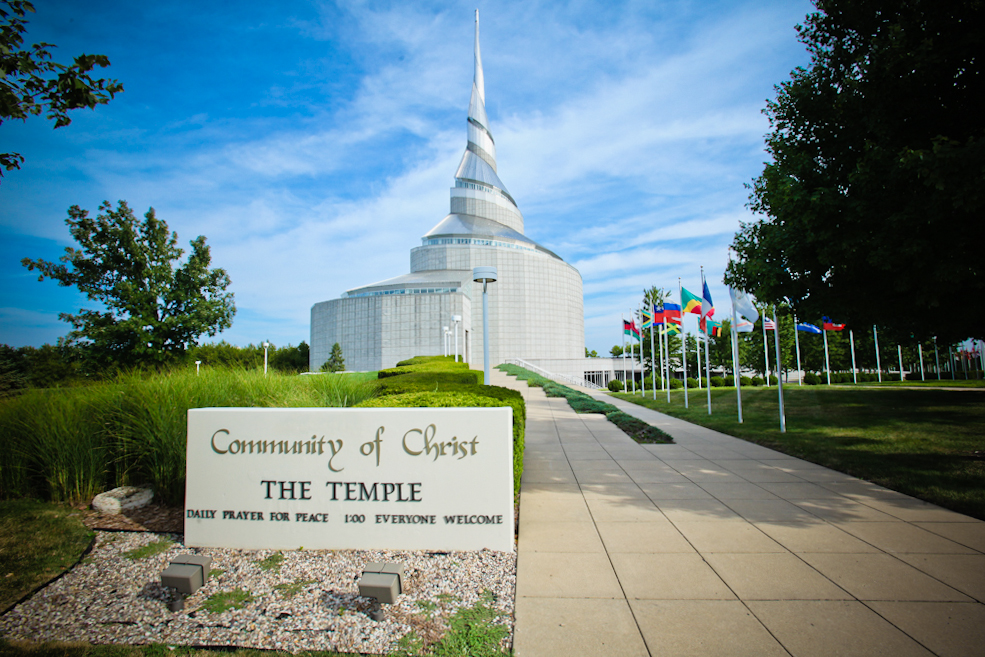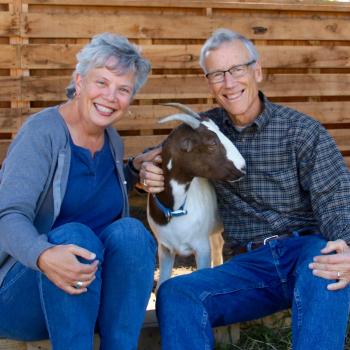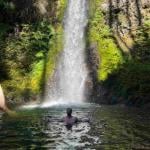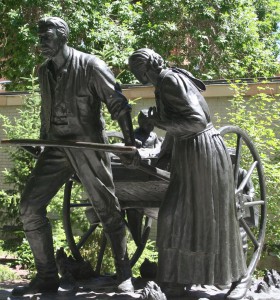
On our way back from Utah we took a detour through Salt Lake City. Temple Square in downtown Salt Lake City is the headquarters for the Church of Jesus Christ of Latter-Day Saints and a holy site for the church’s 14 million members around the world. It’s the friendliest and best-organized spiritual site I’ve ever visited (and I’ve seen quite a few).
Members of the LDS Church came to the area in 1847 after having been persecuted and driven from states in the eastern U.S. Led by Brigham Young, they found refuge in the Great Salt Lake valley of Utah, an area unwanted by others. There they built a temple and settled the surrounding regions. Today about 35 percent of the population of Salt Lake City belongs to the LDS Church, and about 70 percent of the rest of the state.
The church offers free shuttles to Temple Square from the airport and other sites in the city. While many Mormons tour the 35-acres of buildings and gardens each day, the large majority of visitors are not members of the LDS Church. It’s easy to tour the sites in whatever depth you wish. You can spend a half-hour or several days exploring the square, which are all free. The only building closed to non-members is the Temple itself, though a nearby visitors center gives a thorough background of what is contained within it.
When Bob and I visited, we were asked if we wanted a tour by “sister missionaries,” young women who volunteer for an extended period. One of our guides was from Chicago; the other, amazingly, was from Mongolia. When we expressed surprise that she came from so far away, we learned that the guides hail from dozens of countries and that tours can be given in 45 different languages.
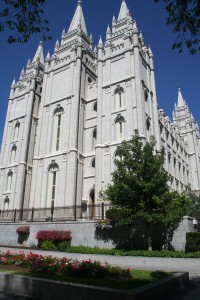
The young women were delightful tour guides, giving us an introduction to the square and telling us a little of their own history in the church. While they made it clear that they would love to talk to us further about the LDS Church, they also didn’t pressure us in any way when we said we were already happy members of an Episcopal church. “If anyone does express interest, we give them a brief introduction and then put them in touch with a church member near their home,” explained one of the young women.
As we toured, I found myself thinking of what my own church could learn from the Mormons. The practice of sending young people out to do mission work is brilliant. Even if they don’t make many converts (and goodness knows it must be exceedingly discouraging work to go around knocking on doors day after day), the experience shapes, refines, and defines their commitment to their faith. I spoke to one woman whose three sons had each served a mission in a Latin American country. They came back fluent in Spanish, deeply committed to their faith, and mature in ways they hadn’t been when they left.
I was also struck by how easy it was to experience Temple Square as an outsider. I was never made to feel unwelcome or ill at ease–that’s another thing other faith traditions could learn from the Mormons.
Temple Square is the most-visited attraction in Utah. Its major sites include the Salt Lake Temple, built by Mormon pioneers between 1853 and 1893 and topped by a gold statue of an angel blowing a trumpet; the Tabernacle, home to the famed Mormon Tabernacle Choir; and the Family History Library, which has the world’s largest genealogical collection (more on that later). If you visit, take the time to stroll its beautiful gardens, which have 250 flower beds with more than 700 varieties of plants from around the world. The Mormons are still making the desert bloom, just as they have done for more than 150 years.



